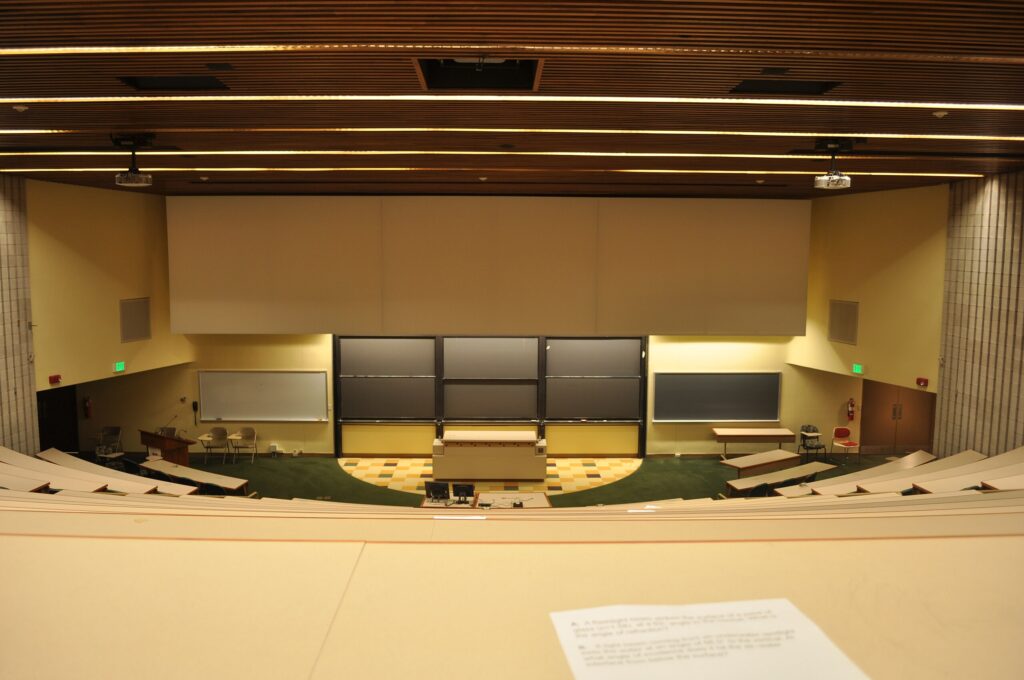ETHNOGRAPhic observation // Being in the world
Ethnographic observation, whether of human or non-human actors, is a foundation of my research practice. I find it hard to understand a location unless I walk around it, and have found the most use in situating my research around things I can actively engage with, as it deepens my understanding and my ability to share my findings with others.
“Landscapes and Throughscapes,” by Andrew S. Matthews, was a foundational piece for me – in finding patterns, consistencies, repeated relationships in the landscape, whether it be social or material, is instrumental in my research practice. It encouraged me to pair my ethnographic observation with visuals – allowing the reader to themselves understand what I am noticing, allowing them to draw their own conclusions and catapult their own experience onto my work. I am a constant observer, taking pictures, writing notes, and noting down articles, books, paintings, songs and films, mostly recommendations from others which would provide me with a new understanding of a topic I’m curious about.
My first true ethnographic fieldwork experience was a study of our college’s weekly “Bar night” ritual, where hundreds of students migrate to an open-air bar in town to dance to popular music, drink, and forget about their schoolwork. Over the course of two months, I observed the culture around this bar night, asked people questions about their expectations of the night, how they perceived the night in opposition to other parties at Wesleyan, and attempted to talk to the owners of the bar, trying to understand their perspective. With a combination of participant observation, religious ritual theory, and interview, I was able to construct an understanding of our Bar Night as a reflection of American culture, a culture that is partially lost on our campus due to our progressive social institutions and unique housing structure. The physical rituals of getting ready before going out, waiting in line for bar night, and even getting rejected from it, all facilitated the participant’s experience of the ritual, especially as it related to the removal from Wesleyan’s culture.
Currently, I am engaged in two ethnographic research projects. One, an ethnography of PSYC105 – our intro psychology class. I am attempting to understand what it means to be professionalized into the psychiatric profession – how does being taught social science in an objective, lecture-based context reinforce certain assumptions, perspectives and ideals? What is the harm in that? What perspectives are ignored?

The other draws on concepts in Matthews’ “Landscapes and Throughscapes,” observing how cultural parks, farms, and urban gardens are perceived as mental or physical health by those who occupy them, both human and non-human. The end goal is to imagine an “ecological health center,” one that understands the interconnected nature of disease and uses ecological networks to help heal patients. By drawing on ethnography for this project, my research will be situated in certain perspectives of health and healing that are outside of biomedical understandings.
I recently went to Taiwan, and was amazed by how seamlessly natural spaces were integrated into educational, urban and healthcare spaces. How are health, educational, or happiness outcomes supported by green space? What are the benefits of giving nature it’s own space? Of creating collaborative space, where human and non-human individuals can interact, see each other as the same? Drawing on the work of Emily Martin, and her “Anthropology and the Cultural Study of Science,” where she posits that knowledge is created in interactions, strings created between individuals, I’m looking at how we can theorize spaces that encourage these productive, ecological interactions.
Using The Internet // being out of the world
In today’s world, it’s also necessary for us to interact with the internet, whether we like it or not. I have found much success in researching + collecting information, video, audio and image through the internet — I think it’s ability to translate information is truly something to look up to and toward. As computer visualization continues to improve and web scraping becomes easier and easier, the ability to look through the internet becomes all the more valuable. I have assembled a working document of the resources I regularly use on the internet to make my browsing and research better.
If you know of any resources that fit this description, and are free & useful, please let me know below. I also am a consistent user of Reddit! I find that it’s one of the best places on the internet. I feel like the anonymity means that people are more honest, more curious, and more open to being wrong! I regularly post on Reddit, asking questions about research, permaculture, the internet, and if I’m curious about anything. I can’t recommend it enough.
I’m also a user of Zen browser, which is an open-source, Firefox-based browser with an emphasis on privacy. It’s essentially a mirror of Arc browser developed by the browser company but was abandoned by the company in service of them developing an AI-based browser, called “Dia.” I recently switched to a Framework 13 laptop, which uses windows, and found that the windows version of Arc left much to be desired, so I switched to Zen. Both browsers use “workspaces,” which are groups of tabs, usually with a specific theme, which you can scroll between. I find it very useful to make sure that all the resources for a specific project or theme I’m working on are in the same place. It’s also very useful for classes; there is nothing more satisfying than deleting a space once I’ve finished my finals for it.
I’ve found that Arc/Zen aren’t for everybody (they’re nearly identical, and, if you are on Mac, I recommend Arc); it’s very hard for many to get used to the tabs on the side. However, I’ve found it to be an extremely useful way to organize my thoughts, projects and to save important resources for later.
Leave a Reply